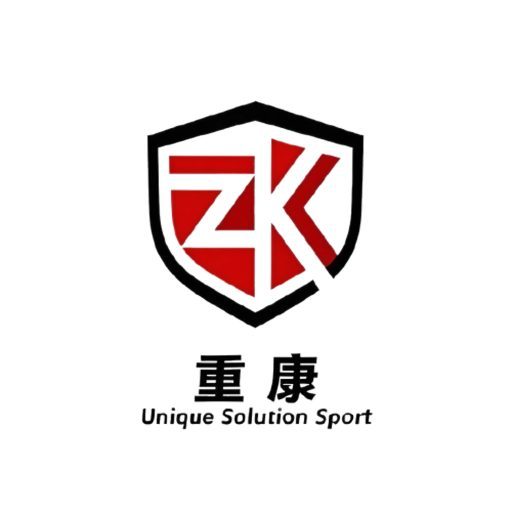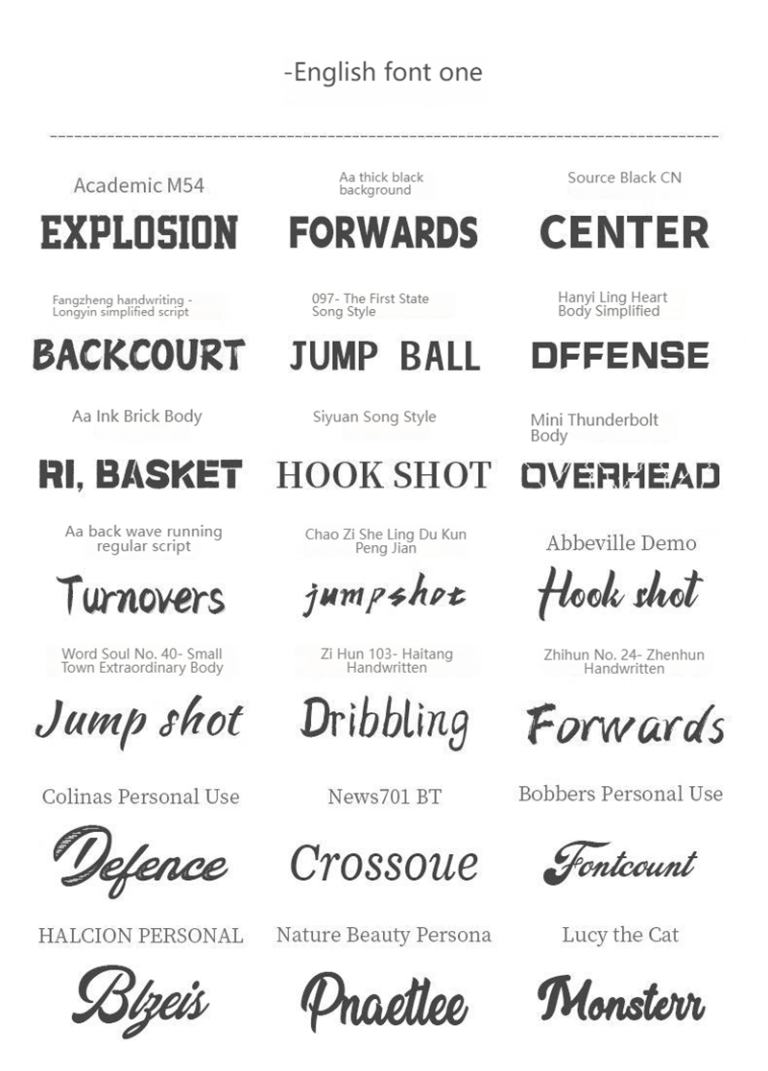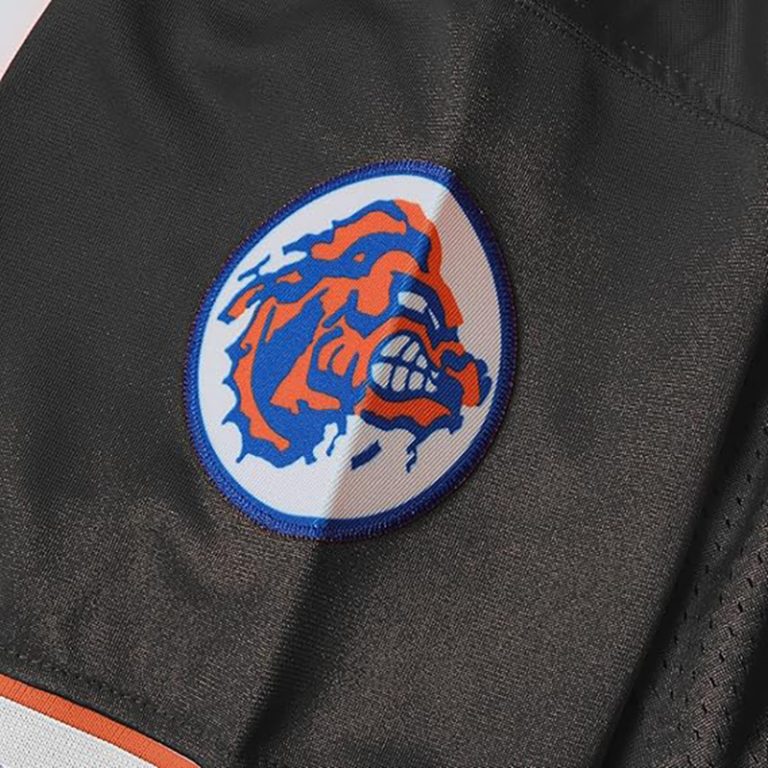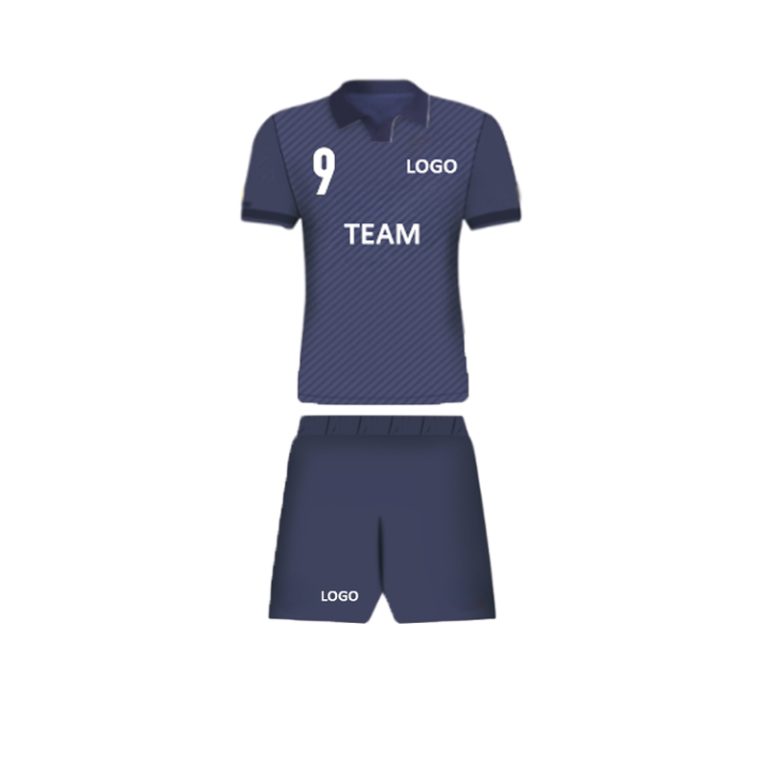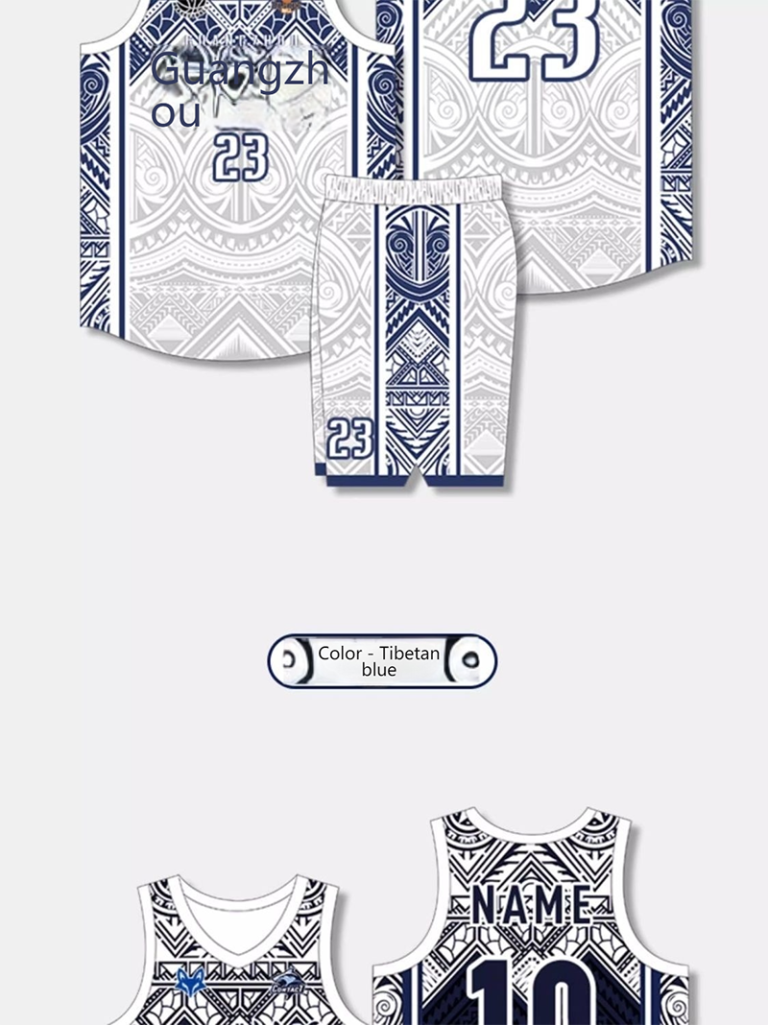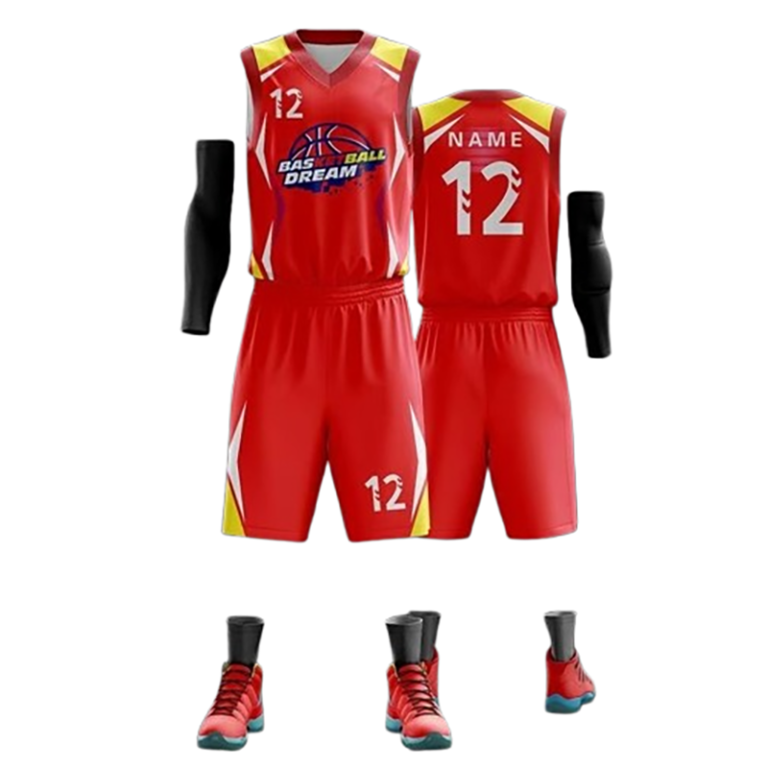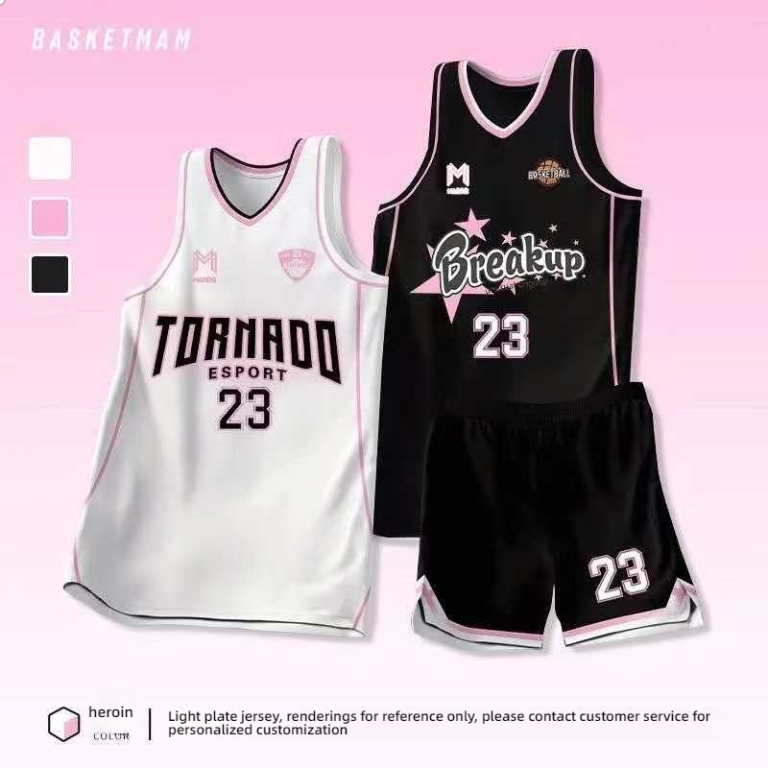716 Font Jersey: Quality, Suitability, and Customization for Athletes
in the fields of sports which includes football and basketball, the crew jersey is not best the athletes’ uniform however also a image of the group’s picture and tradition. the producing process, material selection, stitching techniques, and satisfactory control are all key elements that determine the pleasant of the jersey. this newsletter will delve into the first-class manage standards of jersey factories to make sure that every jersey meets professional and requirements.
Analysis of Football Jersey Manufacturing Process
the manufacturing procedure of football shirts includes a couple of stages, from layout to finished product, with every step requiring meticulous operation to ensure product satisfactory. the following is a detailed analysis of the football blouse production technique:
design segment:Designers select appropriate styles, hues, and fonts primarily based at the group’s necessities and the characteristics of the shirt. The 716 font, as a highlight in the layout of football shirts, regularly enhances the overall visual enchantment of the shirt.
slicing stage:every a part of the football blouse calls for specific cutting. Factories use professional reducing gadget to make certain that each piece of material is reduce to the precise dimensions detailed by way of the design.
stitching technique:stitching is the center part of football blouse production. First, the reduce pieces of material are pieced together in line with the layout. stitching people have to own skilled craftsmanship to ensure even and at ease stitching. unique interest is needed for info along with the back and front of the blouse, collars, and cuffs in the course of the stitching manner.
Washing and Ironing:Washing involves the use of a detergent appropriate for the material of the shirt to avoid fading and harm. Ironing allows preserve the blouse’s flatness and aesthetic appeal and is likewise important for ensuring the steadiness of the sewing.
cloth selection:choosing the right material for the football shirt is crucial. not unusual fabrics encompass polyester, cotton, and spandex, every with its unique residences and programs. Polyester is durable and clean to clean, suitable for high-depth sports activities; cotton is absorbent and breathable, ideal for amusement sports; and spandex offers exquisite elasticity and stretch, suitable for those looking for comfort.
customized manufacturing:In customized production, factories regulate the layout in step with the particular desires of the client. this could include personalizing the layout with the crew’s sponsor’s emblem, player names, and numbers. This stage ought to strictly adhere to the consumer’s necessities to make certain that each element meets the standard.
first-class manipulate:best control is a vital step within the soccer blouse production procedure. Factories have a professional best inspection crew that fastidiously exams every shirt. The inspection consists of fabric best, stitching method, pattern printing, and color matching. best shirts that skip best inspection are allowed to be shipped.
Packaging:For packaging, factories pick the suitable technique based at the customer’s requirements. normally, shirts are included with bubble baggage after which positioned in cardboard bins to make certain they are now not damaged throughout transportation.
the producing system of soccer shirts is a complicated and sensitive procedure. From layout to completed product, each level must be strictly controlled. The software of the 716 font adds a unique fashion to the shirts, even as the tremendous sewing approach and strict satisfactory manage are the keys to making sure the best of the shirts.
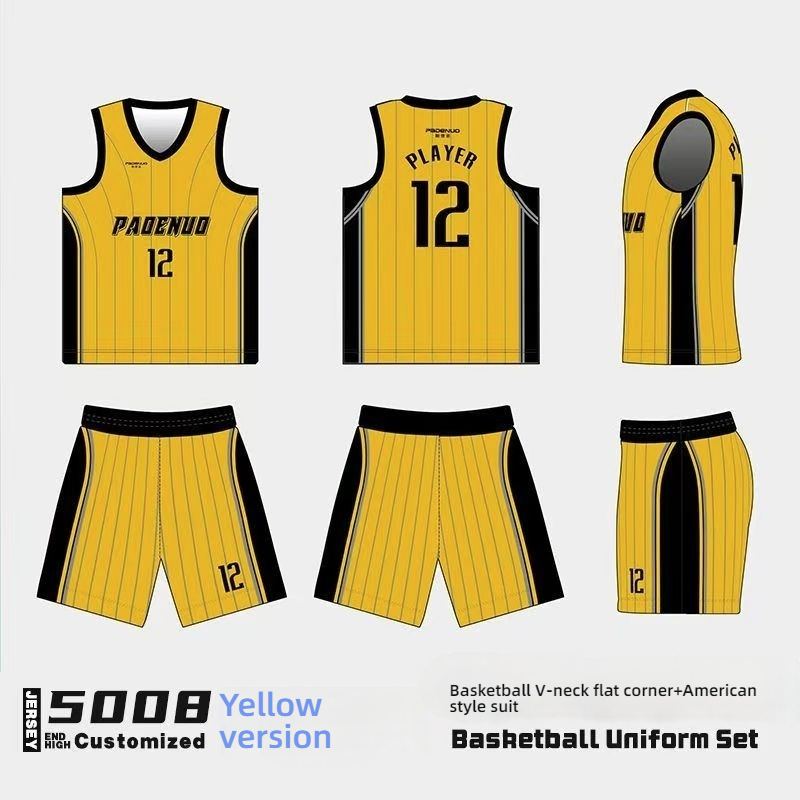
The application of the 716 font in jersey design
The 716 font, with its specific geometric strains and current experience, performs a massive role in jersey design. Its utility is specially contemplated within the following components:
The simplicity of the 716 font’s traces makes it clear and easily readable on jerseys, even throughout movement, taking into consideration brief identification. This layout no longer only complements the practicality of the jerseys however additionally strengthens the group’s popularity.
at the chest or lower back of the jersey, the 716 font is frequently used for group names or sponsor trademarks. Its rugged strains complement the smooth tailoring of the jersey, including a touch of favor to the garment.
within the presentation of jersey numbers, the 716 font is usually bolded or enlarged to focus on the participant’s identity and standing. This layout stands proud visually, supporting spectators quick lock onto particular players during the game.
The 716 font is likewise cleverly incorporated into the information of the jersey. for example, the sleeve cuffs and collar regions may be adorned with font styles, including intensity to the overall design of the jersey.
The 716 font’s performance varies on jerseys of different hues and substances, and can be adjusted in step with the crew’s style and desires. for instance, white 716 font on darkish jerseys makes the numbers more prominent; on light-colored jerseys, a dark font may be chosen for an awesome visual effect.
it’s far well worth noting that the utility of the 716 font in jersey design isn’t constant. Designers will regulate and optimize the font according to the group’s traits, the surroundings of the in shape, and the requirements of sponsors. this flexibility makes the 716 font rather relevant in jersey design.
With its unique style and extensive variety of application eventualities, the 716 font has end up an necessary part of modern jersey layout. It now not only complements the visual appeal of the jerseys but also presents sturdy assist for the shaping of group lifestyle and brand image.
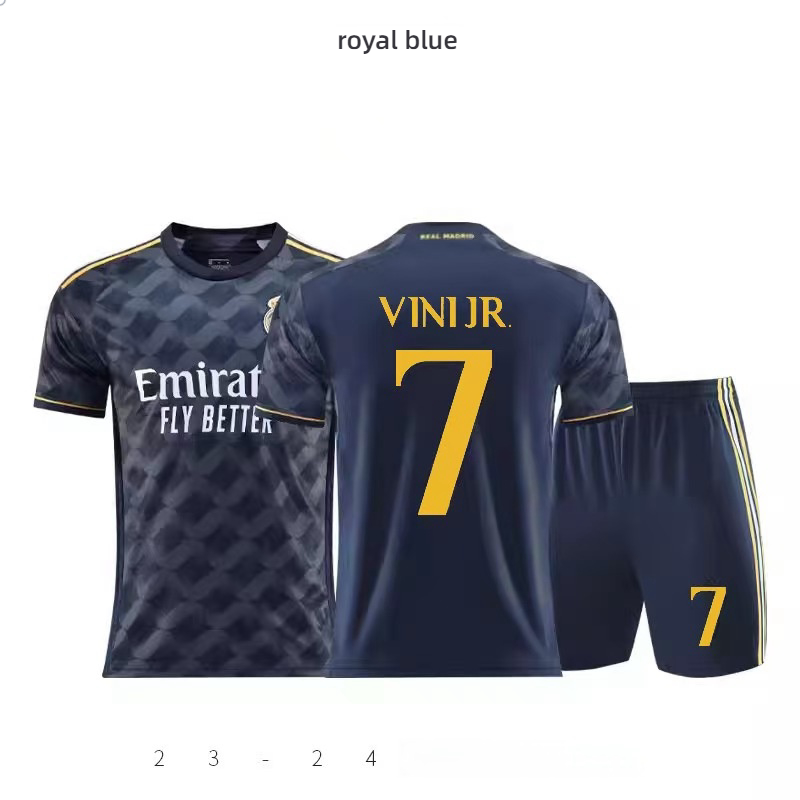
Discussion on the Fabric and Sewing Techniques of Sports Jerseys
the choice of fabric for jerseys directly impacts the comfort and durability of wearing them. expert jerseys usually use the subsequent styles of fabric:
- Nylon: Nylon fabric is lightweight, durable, and has suitable elasticity and stretch homes, suitable for the ability and quick moisture-wicking characteristic required during exercise.
- Polyester: Polyester material is strong and sturdy, does no longer deform effortlessly, and has appropriate breathability and wrinkle resistance, appropriate for lengthy-time period sporting.three. Polyester Fiber: Polyester fiber cloth is soft and cozy, smooth to keep, and has notable antistatic houses, suitable for professional athletes’ carrying needs in damp environments.
In phrases of stitching strategies, the manufacturing of jerseys requires meticulous stitching capabilities:
- Thread: The thread utilized in jerseys is typically nylon or polyester thread, which has high tensile electricity and resistance to put on.
- Thread Passing: expert threading equipment is used to make sure even distribution of the thread on the garment, heading off exposed thread ends that would have an effect on aesthetics.
- stitching techniques: The sewing of jerseys includes flat sewing, enclosed sewing, and lockstitching, amongst others. Flat stitching is suitable for seams to make certain firmness; enclosed sewing is used for area remedy to decorate sturdiness; and lockstitching is used for complicated styles, requiring high precision.
- sew length: The stitch period is adjusted reasonably to ensure the flatness of the sewing, keeping off the incidence of thread breakage at some stage in use.five. Labeling and Embroidery: The trademarks, numbers, and other markings on jerseys are typically made the use of iron-on or embroidery techniques. Iron-on labels require the label to be firmly connected with out a wrinkles; embroidery requires high-quality patterns and shiny colorations.
at some point of the sewing procedure, the subsequent points should additionally be referred to:
- clothing size: as it should be degree and cut the fabric according to the athlete’s height, weight, and body kind to ensure the garment fits well.
- material meeting: when assembling fabrics of different colours or styles, interest should be paid to the coordination of colours and styles at the joint.three. stitching collection: arrange the stitching series moderately to improve production performance, making sure the overall aesthetics and practicality of the garment.
thru the careful combination of fabrics and sewing techniques, professional jerseys not best own extraordinary performance however also showcase the specific fashion and identity of the group.
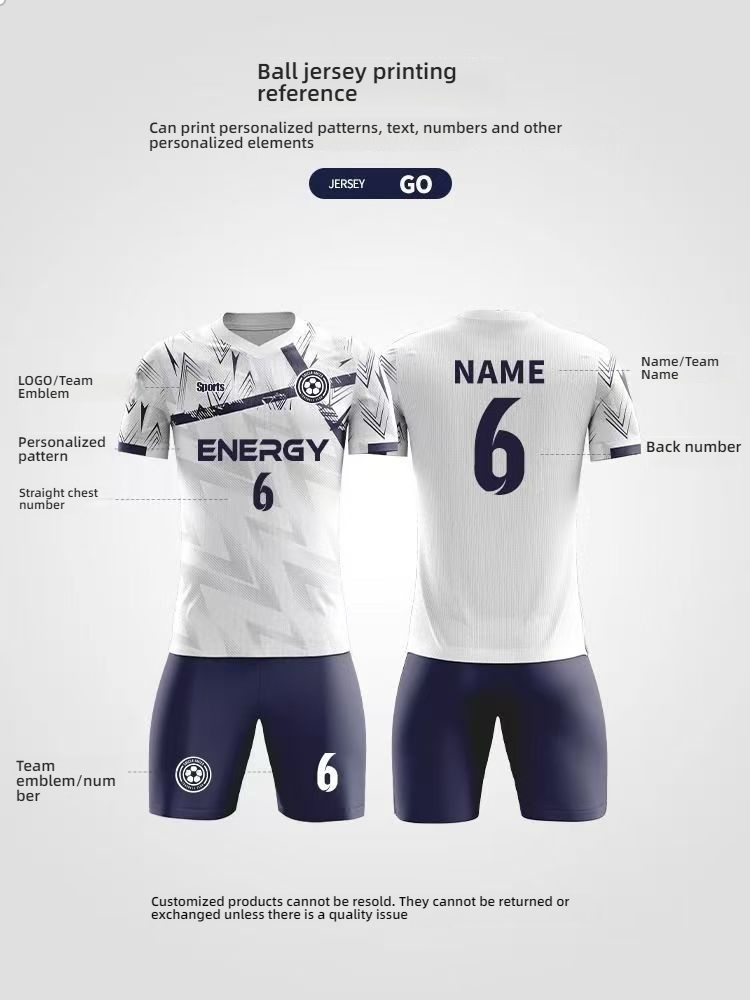
Key points for customized jersey production
-
the choice of fabric for custom-made jerseys is vital, as selecting an appropriate fabric primarily based on the type of sport and climatic conditions guarantees the consolation and functionality of the jersey. not unusual fabric consist of breathable polyester, moisture-wicking spandex, and sturdy cotton substances.
-
layout is the soul of custom-made jerseys. Designers should do not forget crew traits, player body kinds, and occasion specs to create a layout that aligns with the group’s image and meets the players’ carrying wishes. patterns, colors, and silhouettes must be carefully designed to make certain individuality.
three. The layout of custom-made jerseys need to stability aesthetics with practicality. With various frame kinds among players, the silhouette layout must make sure that the jersey each showcases the players’ figures and does now not hinder motion during play. Designers want to communicate with players and measure their frame dimensions to make sure accurate fitting.
four. particular cutting is fundamental to making sure jersey first-class throughout the manufacturing manner. material cutting need to strictly adhere to design drawings to make certain the accuracy of cutting dimensions. Any minor errors can cause finished merchandise that don’t in shape properly.
-
stitching techniques without delay have an effect on the durability and aesthetics of the jersey. high-wellknown sewing machines and thread substances need to be used to ensure even, sturdy stitching. unique processing techniques have to be implemented to element areas along with sleeve cuffs and necklines to increase strength and aesthetics.
-
custom-made jerseys usually encompass multiple parts, such as the main frame, sleeves, and neckline. at some point of assembly, interest must be paid to the precision of the parts’ alignment and usual coordination. Any deviation can affect the overall effect of the jersey.
-
Filling in add-ons is an important part of custom jersey production. objects along with labels, numbers, and sleeve badges on the jerseys should be positioned precisely to ensure symmetry and neatness at the jersey. moreover, the selection of accessories need to in shape the general fashion of the jersey.
eight. excellent inspection is an crucial step inside the manufacturing of custom jerseys. the dimensions, silhouette, stitching best, and installation of accessories in the finished products all want to be strictly checked to ensure that every jersey meets the usual.
-
Environmental protection and sustainability are also factors that can’t be left out inside the manufacturing of custom jerseys. fabrics and add-ons have to be used to reduce environmental impact and align with current manufacturing principles.
-
eventually, first rate after-income service is prime to improving consumer delight. supplying jersey care tips, answering consumer questions, and making sure a first-class service experience at some point of use are all critical aspects.
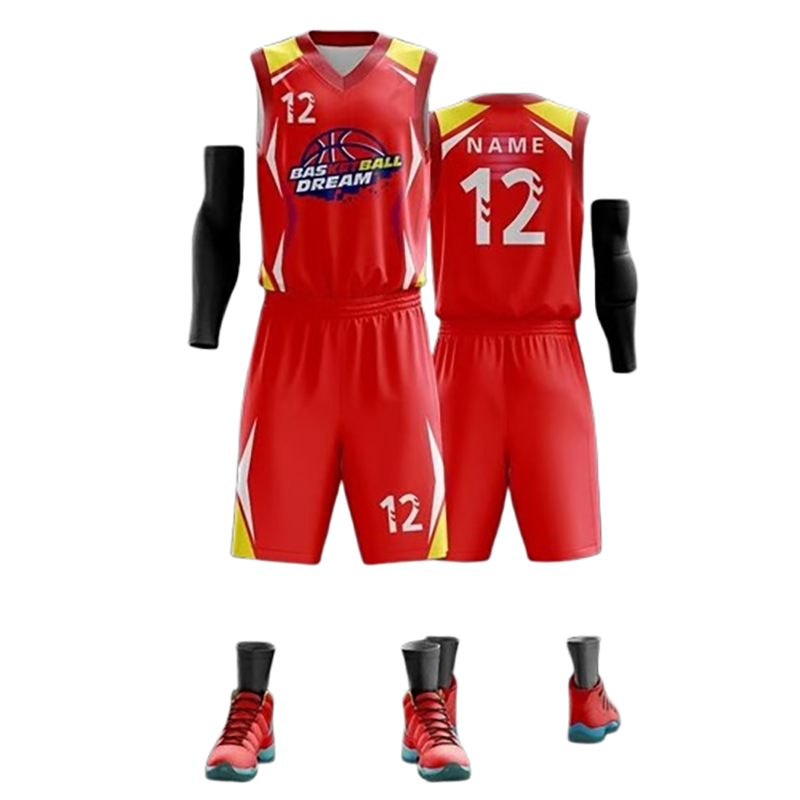
Quality Control Standards for Jersey Factory
in the manufacturing system, the rigor of quality control inside the jersey manufacturing unit at once influences the final product exceptional. the subsequent is an in depth description of the jersey factory’s first-class control requirements:
-
cloth Inspection: before jersey production, the manufacturing unit conducts strict exceptional inspections on all fabric. This includes checking for consistency in colour, fabric electricity, put on resistance, and the presence of any defects. Unqualified fabrics are right away removed to make sure that material high-quality meets requirements.
-
sample layout: The layout of the jersey sample is a essential level. The manufacturing unit designs appropriate styles based on the body measurements and fashion requirements of various groups. Designers use professional CAD software for sample changes to make certain that every jersey suits perfectly.
-
Precision reducing: slicing is the inspiration of jersey manufacturing. The factory uses precise cutting system to make sure the accuracy of every piece of fabric. for the duration of the cutting process, workers cautiously check for neat edges and keep away from misalignments or extra cloth.
four. stitching method: stitching is a vital step in jersey manufacturing. The manufacturing unit uses high-precision stitching machines for stitching. in the course of the stitching process, workers pay attention to the managing of thread ends, the evenness of the stitching, and the electricity of the seams. unique techniques are used for important regions along with collars and cuffs to reinforce sewing.
five. Printing and Embroidery: The logos, numbers, and different markings on jerseys are finished through printing or embroidery. The manufacturing unit makes use of professional printing equipment to make sure the readability and vividness of the styles. The embroidery approach requires first-rate stitching and a robust 3-dimensional sample.
-
very last Product Inspection: After the jersey is sewn, a complete very last product inspection is performed. This includes(appearance take a look at)、dimensional measurements、and checking out the strength of the seams. Unqualified products are back for reprocessing to make sure that every jersey meets the requirements.
-
Packaging and Labeling: certified jerseys are packaged consistent with client requirements. throughout the packaging procedure, the manufacturing facility ensures the cleanliness and dustproofing of the jerseys. additionally, every jersey is categorized with records consisting of the group call, participant quantity, and production date.
eight. Pre-shipment Re-Inspection: before transport, the factory conducts a final re-inspection to make certain that all products meet high-quality requirements. This stage is essential for avoiding capacity fine troubles.
-
purchaser comments and improvement: The jersey manufacturing facility values customer feedback and carefully analyzes the causes of any pleasant issues received, taking measures to make enhancements. This continuous fine improvement facilitates to beautify the overall production level of the manufacturing unit.
-
environment and protection: for the duration of the manufacturing system, the jersey factory strictly complies with environmental and safety requirements. From raw material procurement to finished product shipment, the manufacturing facility guarantees that the production method has no effect on the surroundings or worker safety.
via those excellent manipulate requirements, the jersey manufacturing facility can ensure that every jersey meets necessities and satisfies patron expectancies.
